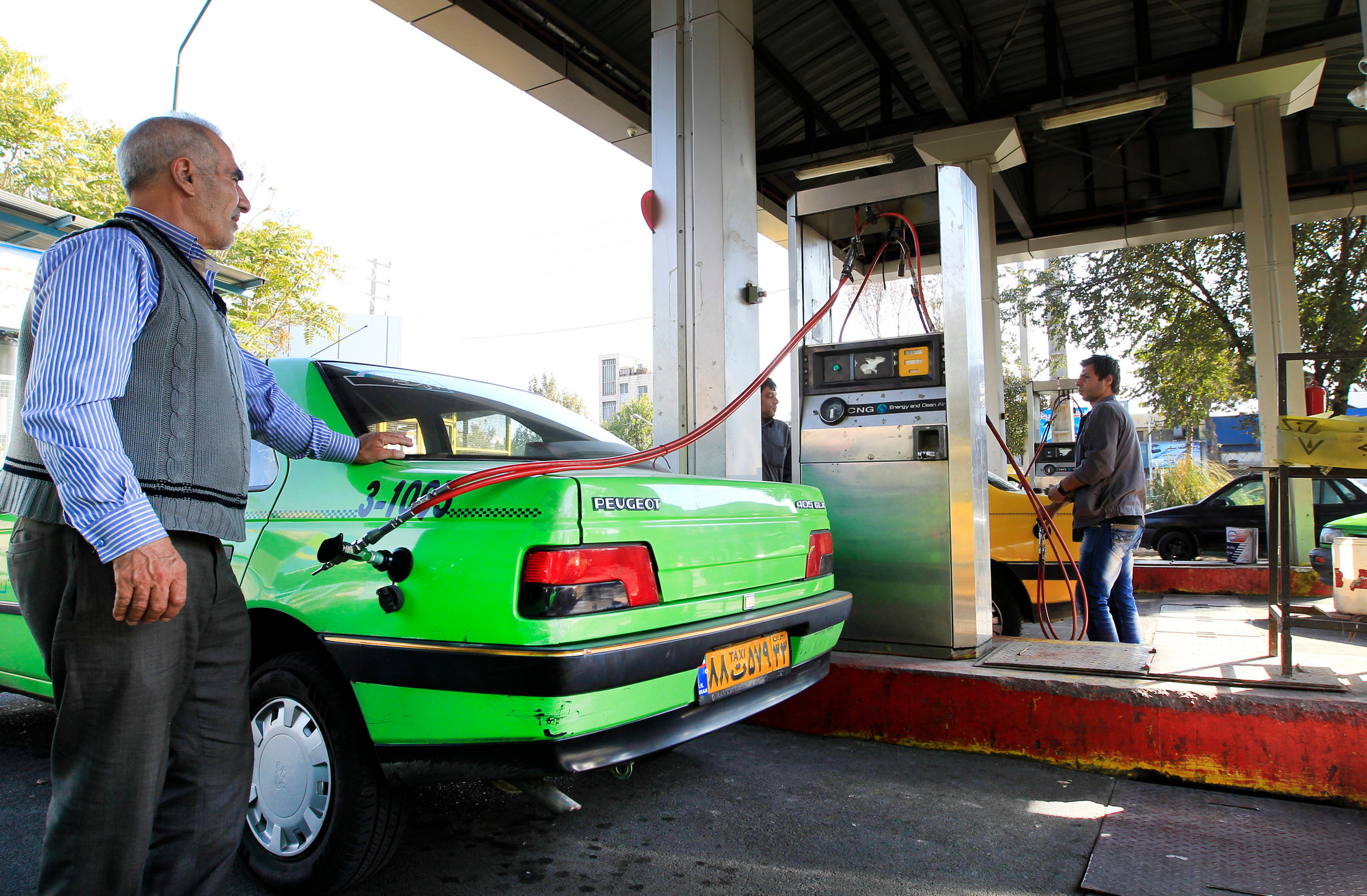Data regarding production of CNG hybrid vehicles indicate a 6.3% year-on-year decline during the last fiscal year that ended in March.
According to the Ministry of Industries, Mining and Trade, domestic automakers produced 10,224 CNG hybrid cars and vans during the one-year period, 687 units fewer than the previous year.
The largest carmaker Iran Khodro with 8,252 CNG hybrids and 80.7% market share leads the way. This is while its output in the hybrid sector registered a 15.8% y/y fall.
The company has also halted production of its hybrid version of Tondar 90 (third generation Renault Logan). However, its CNG hybrid version of Peugeot 405 had the largest production rate. The second place also goes to another IKCO hybrid, Samand, with annual production of 2,444 units.
But SAIPA, the second biggest auto producer, built 1,972 units defying the trend with 77.8% rise y/y.
The largest portion of SAIPA hybrid production went to the Tiba family of hatchbacks and sedans with 1,541 units.
>Substandard Emission
Although the government has tried to introduce CNG hybrid cars as a “cleaner substitute” to gasoline-powered vehicles, the models have not been able to even comply with local emission standards.
According to the local automotive website Persian Khodro, Iran’s police rated the models substandard during the last calendar year.
Iran Standard and Quality Inspection Company (ISQI) has so far not released any report on CNG hybrid cars to verify claims of poor quality.
ISQI is in charge of inspecting locally manufactured vehicles and publishes monthly quality reports. One of its main tasks is inspection of emission rates and fuel consumption.
Underdeveloped Infrastructure
According to numbers reported by National Iranian Oil Products Distribution Company (NIORDC), there are 2,380 compressed natural gas (CNG) stations across the country.
Considering the 80 million population, there is one CNG refueling station for every 33,235 people.
Tehran with a population of 13 million has 264 filling stations of which only 51 sell CNG along with gasoline. Furthermore, only 16 stations sell CNG to non-taxis. This means long lines, and considering the hectic life in the capital, many cannot afford to wait in the queues.
Moreover, the meager number of filling stations offering CNG has led to another problem — only half of the CNG production capacity is being used.
Earlier this month, Ali Mehrabi, the official at NIORDC in charge of constructing CNG stations said, “CNG stations can supply over 2.74 million cubic meters of gas per hour, and if the stations work 14 hours a day (mcm/d), daily supply capacity would be around 40 million cubic meters.”
Average domestic demand for CNG stands at 21 mcm/d. “We can easily supply 30 mcm/d at the pumps.”
According to Amir Vakilzadeh, director for CNG stations at the National Iranian Oil Refining and Distribution Company, in the past 12 years, CNG consumption in the country increased 53 times.
Compressed natural gas consumption is projected to comprise up to 35% of total fuel consumption by the end of the sixth five-year economic development plan (2017-22). But it seems that the industry continues to fall behind this ambitious target.
Pros and Cons
The most obvious advantage of CNG is the cost. Taxis and buses widely use CNG as it is much cheaper (compared to gasoline) and facilitates better mileage.
A full car fuel tank of gasoline (50-60 liters) costs some 500,000 to 600,000 rials ($13 to $16) while a full tank of CNG (6,000cm to 10,000cm) comes at 50,000 rials ($1.3).
CNG is also a greener and cleaner. The emissions released by burning CNG are lesser than those created by regular fuel. Carbon monoxide emissions are reduced by 70-85% and hydrocarbons by 40-60%.
Also, contrary to popular belief, CNG is a better fuel for improving engine life as the carbon levels are greatly reduced, according to Iranian technicians.
However, running on CNG reduces a vehicle’s power train significantly. On average, CNG users experience a drop of about 10% in power train.
Acceleration is slower and drivers may have to rev the engine more to get going. Essentially this is the reason why people say CNG reduces engine life.
The problem however is that drivers expect petrol-like performance from CNG and rev more to get it. Doing so results in more wear and tear – thus shortening engine life by overuse.
Moreover, storage space is taken up extensively. CNG tanks are easily the size of a large bag, so trunk space is reduced or removed entirely as the fuel tank takes up almost all the room. Besides, it is an added weight to the rear of the vehicle.
Although CNG is a cheaper fuel, it has a shorter driving range than petrol. Not to mention that running on a close to empty tank reduces the pressure and increases the risk of the valves bursting. So, even if a car does use CNG, it is always wise to keep a regular flow of gasoline.



